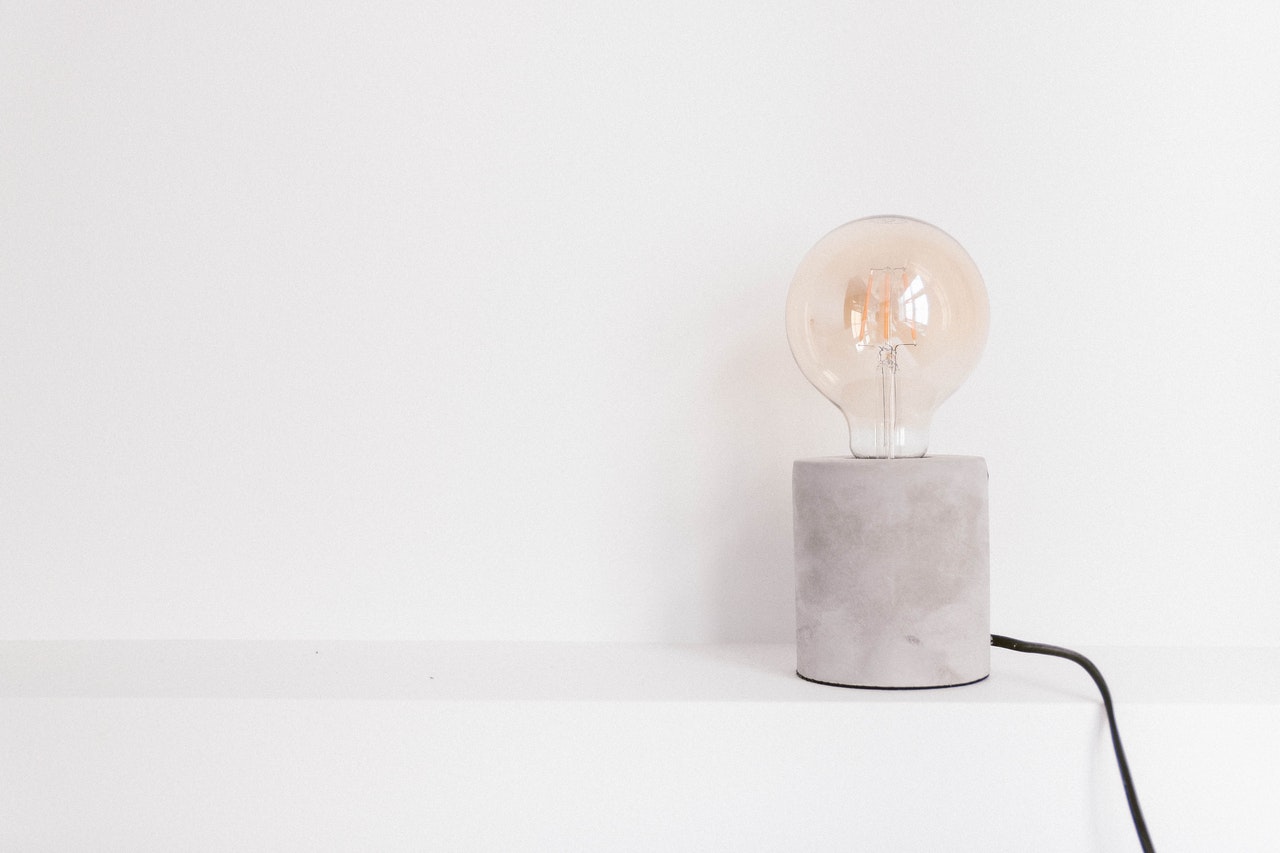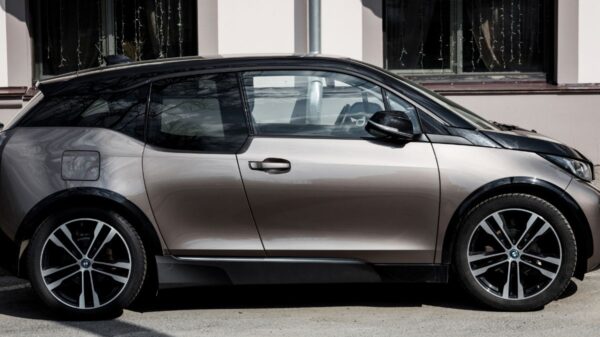1. Upgrade Your Thermostat and Add Smart Radiator Valves.
According to a 2021 article in The Sun you could save as much as £164 a year by installing a smart thermostat. In our experience we have saved considerably more!
We upgraded to a smart thermostat about 4 years ago, we opted for a Nest Thermostat. Although it is difficult to accurately gauge the impact of this on our energy usage we think it has helped us reduce our gas consumption between 20% and 25%. There is an android and ios app that you can use to alter the temperature (as well as using the bezel on the Nest itself) and it can cleverly tell when noone is in and turn the temperature down.
Unfortunately Nest do not also produce smart radiator valves, unlike some manufacturers, but we have successfully added Tado Smart Radiator Valves to our system. We have estimated that these have saved us a further 10% to 15% on our gas bills. The Tado radiator valve enable us to turn off some of the radiators in the house at certain times. As we do not use the bedrooms during the day these are set to be turned off between 8am and 9.30pm. We can also set different rooms to different temperatures.
At the current cost of Gas*,the Nest thermostat paid for itself within the year and the Tado Smart Radiator Valves(x3) together with the Tado Hub will pay for themselves within 2 to 3 years.
[*This is based on our 2020 Gas bill of around £1,000 for the year. We fully expect the cost of gas now to make these more attractive investments.]2. Choose energy efficient LED light bulbs and turn off the lights!
Around 12 years ago we changed all our household bulbs to fluorescent bulbs. These on average reduce the wattage of our bulbs down from 40w to 12w. As we had over 20 of these bulbs the savings quickly mounted up. There were some downsides to the fluorescent bulbs, they did not achieve full brightness straight away and needed a little time to get going. The light they emitted was also quite cold.
When it came to renewing the flourescent bulbs this time around we decided to move to LED bulbs. These are becoming increasingly affordable and have the benefit of achieving immediate brightness and coming in warm white colours, which we prefer. The LED equivalent to a 12w fluorescent bulb (and therefore a 40w incandescent bulb) is 5w. This would save us even more money. We opted for wifi enabled LED smart bulbs, as this would enable us to control them via alexa and set schedules to make sure they turn off at certain times. We have also added motion sensors to our rooms that will turn the lights off and on depending upon where we are in the house.
We also had GU10 50w ceiling halogen spotlights (20 of them) in the hallway, kitchen and livingroom. These had previously been unsuitable to use with fluorescent bulbs but we found 50w equivalent GU10 LED lightbulbs to replace the original halogen ones, giving us a 90% saving in electricity.
It can also help if someone in the house is designated the ‘Lightbulb Nazi’ and goes around turning off lights and moaning that someone has left the lights on again! We have a volunteer for this in our house, but I am not mentioning names!






















